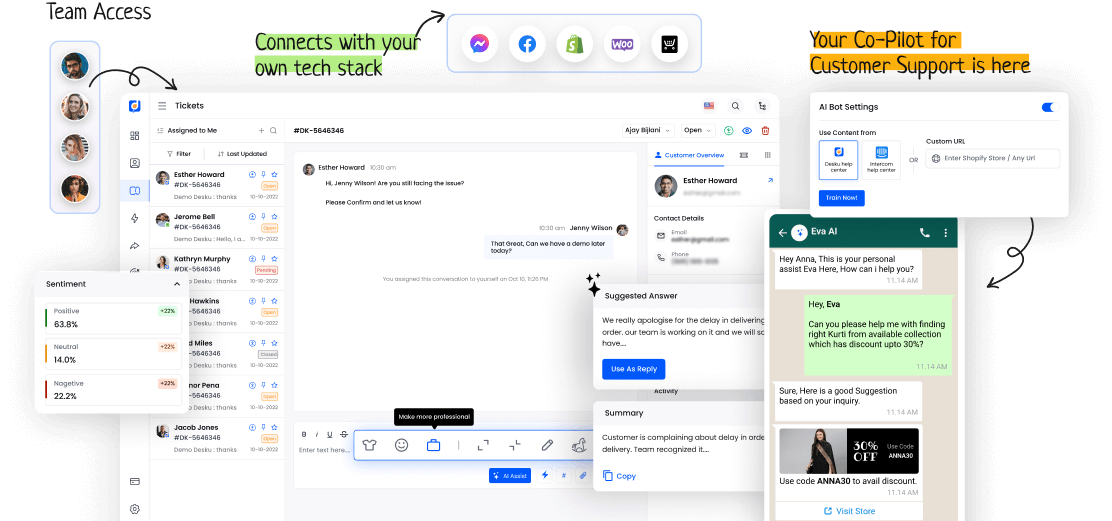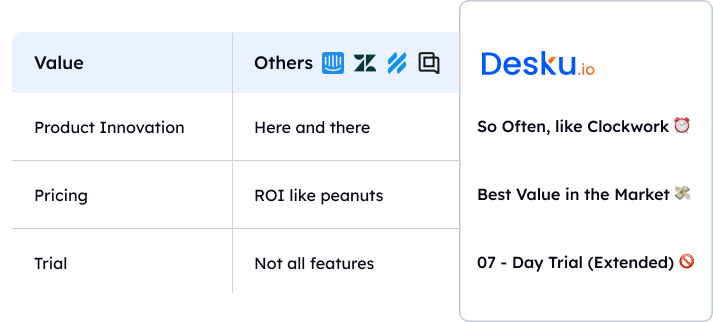Remote authentication is a key part in cybersecurity. It confirms user identity when they access systems or networks from afar. This process creates a safe entryway for approved people. It also stops potential security risks.
But, the growth of technology and advanced cyberattacks have caused a rethink of old authentication methods. By looking closely at remote authentication, we can see how firms are adjusting to these issues. They're also strengthening their defenses against harmful actors.
I. Defining Remote Authentication
Remote authentication checks a user's identity when they access a system or network from afar. It makes sure only approved people can gain remote access.
Security protocols are crucial to protect this process. They set the rules for safe authentication.
With strong security measures, organizations can shield their systems from unwelcome access attempts.
II. Types and Techniques of Remote Authentication
Different ways and plans are used in remote authentication. This checks users who want to use systems or networks from far away. Types of check include password-based, biometric, and multifactor.
Protocols like RADIUS, TACACS, and LDAP help with secure remote access. These methods make sure only approved people can access important information from a distance.
III. Importance and Applications of Remote Authentication
Securing access to systems and networks from afar is vital. It protects sensitive information and upholds data integrity.
Safety measures like two-factor authentication and user checks are key in remote authentication. By making users confirm their identity in different ways, organizations can cut down the risk of illegal access and possible data breaches.











